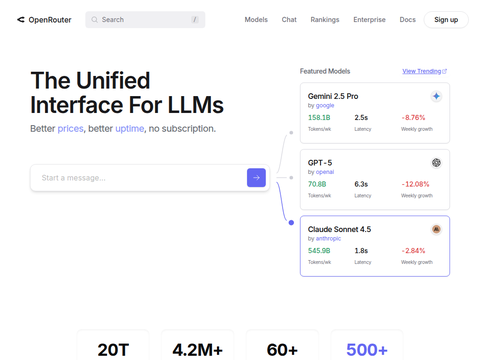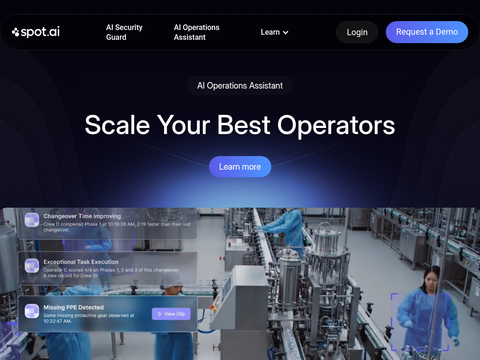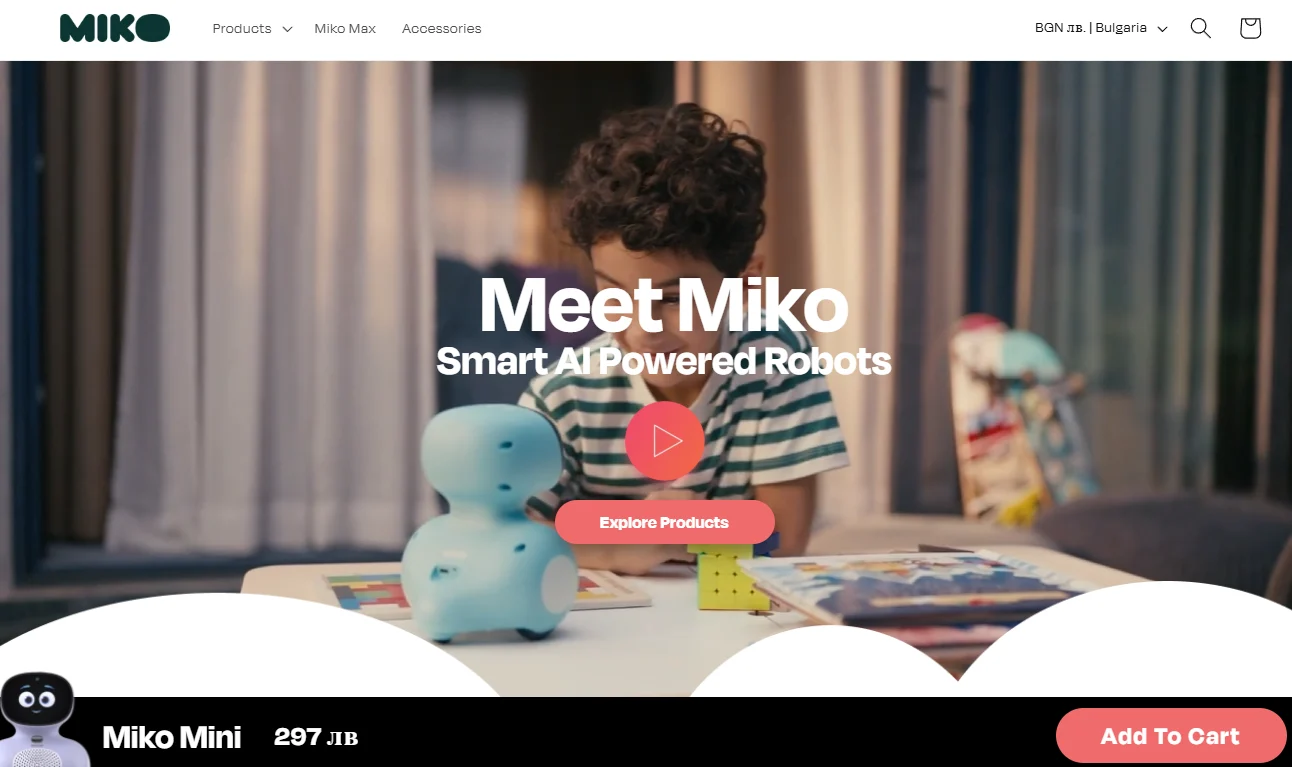BOSTON
Boston Dynamics has recently released a new video featuring its sophisticated electric humanoid robot, Atlas. The footage showcases Atlas's ability to autonomously carry out complex tasks without the need for remote control or pre-programmed instructions. In the latest demonstration, Atlas moves an engine hood between different containers and onto a mobile cart within its workspace.
In the video, Atlas confidently navigates back and forth within the work area, bending and expertly controlling its joints with ease. The robot exhibits a range of motions surpassing human capabilities, including 360-degree head rotations and 180-degree hip pivots while walking backwards. These movements not only serve as a display of agility but also enhance Atlas's efficiency in confined spaces.
Atlas is equipped with machine learning-based visual models that enable it to identify and locate various boxes and environmental fixtures, calculating each movement with precision. Utilizing a combination of visual, force, and proprioceptive sensors, Atlas not only performs tasks but also rapidly makes decisions based on real-time conditions, allowing for adaptation, recalculation, and correction as needed. For instance, in a notable scene from the video, when Atlas fails to correctly place the engine hood in the designated spot, the robot is capable of repositioning itself and attempting the task again, demonstrating its ongoing problem-solving enhancements.
Atlas's tri-finger grippers play a crucial role in executing these manual tasks. The video illustrates the robot reaching into cabinets, securely grasping engine hoods, and rotating them into place with remarkable smoothness. Designed to handle large and heavy objects, the grippers indicate Boston Dynamics's intention to deploy Atlas in practical industrial environments.
Earlier this month, Boston Dynamics announced a new partnership with Toyota Research Institute aimed at accelerating the development of general-purpose humanoid robots.
This latest video marks another significant advancement by Boston Dynamics in transitioning Atlas from a research project to a practical assistant. While the widespread use of humanoid robots in daily life may still be premature, Atlas undoubtedly paves the way for future applications. Currently, Boston Dynamics demonstrates that the potential of this technology extends beyond performing acrobatics, focusing on employing intelligent, flexible, and autonomous capabilities to tackle tasks with real-world utility.
Boston Dynamics releases new video of Atlas robot, showcasing its ability to autonomously execute complex tasks








